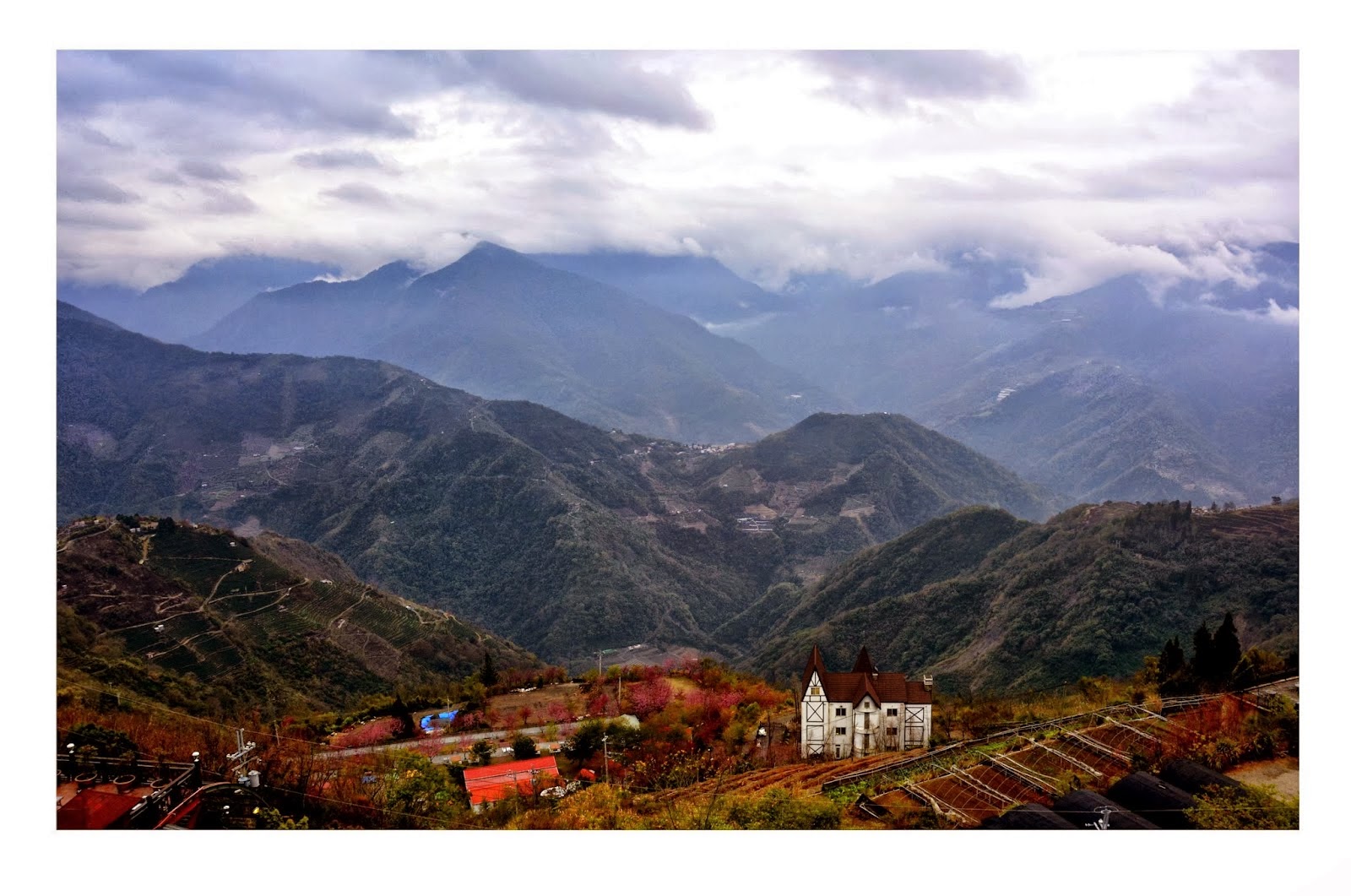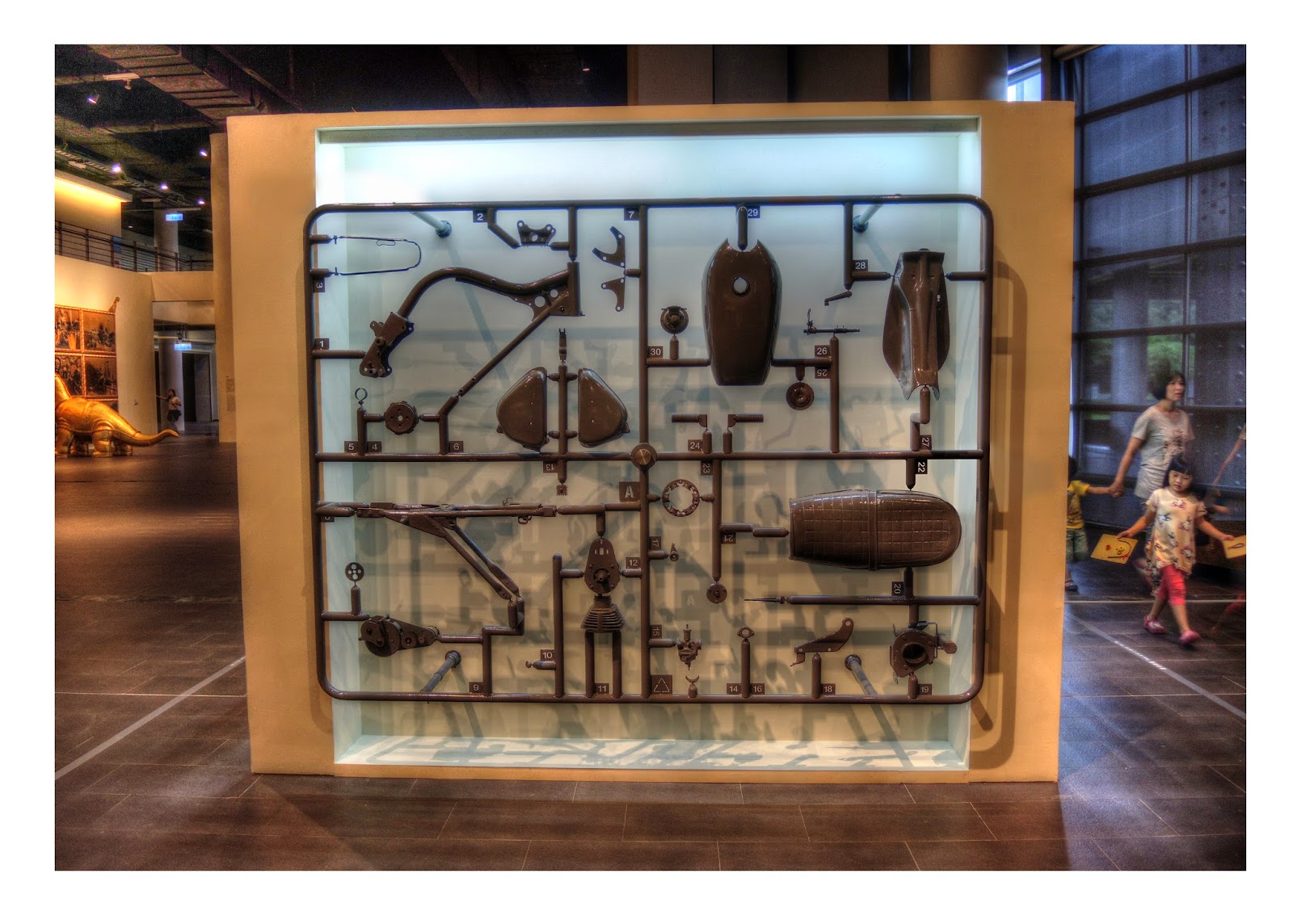Taiwan reflections
I decided to make a final post selecting some of the better photos to summarize my two years in Taiwan. For more information on specific places the search box can be used to find other blog posts,
Before getting involved in the towns, cities and landscapes of Taiwan, I would like to introduce you to the Egret. A beautiful, graceful and elegant bird that can be found on lakes, streams, rivers and in the vast rice fields, which can cover large parts of Taiwan. This timid bird is difficult to get close to and photograph but with so many opportunities presented daily a reasonably good shot is hard to avoid. I think if Taiwan was ever to redesign their flag, the Egret should be displayed on it somewhere as I feel it represents much of this country's soul.
... 未來 ...
CHANGHUA
A main street in Changhua, a large town midway down the west coast of Taiwan. I liked this photo as it depicts the hectic traffic encountered on a normal shopping day. Total chaos as cars, scooters and pedestrians weave their way through the mayhem. It is a typical scene of many larger towns or smaller cities and takes some getting used to for those of us used to sidewalks.
... but if you want peace and quiet then there are plenty of temples to visit. Above day and night photos of the temple at Baguashan in Changhua. It is also where the Great Buddha (below) can be found and it is a wonderful place to wander around. Situated high on a hill overlooking the city it offers fantastic panoramic views.
Below a view of Changhua city from Baguashan showing the hillside surrounded in woodland and a small building.
Meanwhile below a watercolour artist paints a scene including that same building inside the relaxing Baguashan park.
Another interesting temple (below) is the Confucius temple in Changhua. It was smaller than Baguashan and in need of some restoration but still worth a visit.
... 未來 ...
TAICHUNG
It is not all hectic ... as can be seen in this more relaxed scene in Taichung the third largest city in Taiwan. Workers in their traditional clothes rake up recently cut grass in a park area that stretches several kilometers through the heart of the city. Many sculptures are dotted about in the park and not far away is the Museum of Art which is always worth a visit.
'Art Street' is an interesting place to visit, located in a suburb west of Taichung's centre. Here children play and practice their skate boarding skills, but the streets are best known for their numerous craft shops selling all manner of interesting handmade items, including jewelry, ceramics, clothes and wood carvings
Below are the colourful sculptures of artist Hung Yi, displayed outside the new town hall complex west of the city centre. It is an area with some impressive modern buildings and large open spaces for major events such as New Year celebrations.
Glass and concrete dominates buildings around the new town hall and makes for quite a contrast to the ramshackle buildings found elsewhere in the city.
... 未來 ...
YUANLIN
Yuanlin is a town not far from Changhua. This enormous and impressive dragon was under construction and completed while I was in Taiwan. It can be seen when travelling from Changhua to Yuanlin by train. As the train approaches Yuanlin look out for it on the lefthand side, otherwise despite its enormous size, it is easy to miss unless a specific effort is made to visit it.
Like Changhua, Yuanlin can be pretty chaotic on the streets where pedestrians mingle with cars and scooters. Here scooters rule and squeezing between parked ones can require athletic abilities. The market street is well worth a visit but watch out for those scooters, it can be hair raising at first although everyone is very polite and normally there is no tooting of horns or aggressive driving.
A lady wearing the typical workers hat contemplates crossing the road where a stall on the other side is selling Chinese New Year decorations.
Above a typical morning on the market street in Yuanlin, where dodging scooters if you are not riding one becomes the main preoccupation. The street is almost two kilometers long and a great place for buying fresh fruit, vegetables, mushrooms and fish.
A fish stall on the market street where the fish are sometimes so fresh they can be seen jumping out of the boxes.
Aside from market street there are also plenty of other indoor markets that open later or in the evening when the heat or darkness has forced market street to close.
... 未來 ...
LUGANG
Lugang is a habour town and suburb of Changhua close to the coast.
The popular old Lukang Mazu temple was filled with smoke from joss sticks, which gave it a great atmosphere. However while I was in Taiwan there was talk of banning joss sticks in temples for environmental reasons, which I think is a pity as in most temples the joss sticks are hardly noticeable. I would sooner see the burning of fake money on the streets in oil drums phased out as that really is a polluting eyesore.
... 未來 ...
NANTOU COUNTY
The Taiwan Lantern Festival is a spectacular annual event and not to be missed if you have the chance to visit. While I was there in 2014 it was held in Nantou county, luckily not far from where I was living. Contributions come from Taiwanese schools, clubs and companies all offering different themes. Best seen at night of course and start early as it can get very crowded and takes more than a few hours to get through.
Ducks in a pool of blue lights was a farmyard theme complete with other animals.
Even a colourful giant motorbike rider on a chopper is created using a frame construction of bamboo or thin steel wire covered with oiled tissue paper. The sculptures are illuminated by small lights inside positioned inside at regular intervals.
... 未來 ...
TAIPEI
Taipei is the capital city of Taiwan and like any other city a mix of extremes. 101 at one time the tallest building in the world stands in a super modern district of the city surrounded by conference centres and exhibition halls. The streets are wide with excellent cycle paths and walkways which makes it a pleasant area to walk around.
Taipei's multi-coloured night lights around 101 make it an entertaining place to walk around.
Elsewhere traffic can be hectic and pavements for pedestrians limited. There is however an excellent MRT system, which is cheap and easy to use, particularly if you purchase an 'Easycard', which can also be used on the buses. The swipe card makes life much easier especially for foreigners as it avoids the need to keep buying tickets and asking for destinations that are unpronounceable.
... 未來 ...
KAOHSIUNG
Kaohsiung, city of art and culture, is Taiwan's second largest city also has a very good MRT system. Streets are wide with good pedestrian areas. Above is the impressive station interior near the Liouhe night market, one of the better night markets that I visited as it was less crowded and had some great fish dishes. Below a view of Liouhe night market.
The coastal city has an important habour for Taiwan and probably accounts for why mostly fish is found at the Liouhe night market.
A student street artist prepares to begin her performance with other artists inside Kaohsiung main park.
... 未來 ...
CENTRAL TAIWAN
Central Taiwan is split down the middle, north to south by a range of high mountains. It acts almost like an impenetrable barrier preventing traffic passing the short distance from east coast to west coast or visa versa. Instead cars and trains have to take the long way around avoiding the mountain range by going north or south around them. It is possible to cross by car but the long slow winding road that reaches a high point of over 3000 meters is only for the more adventurous tourists. In winter cars may require snow chains to get through. The scenery is spectacular and well worth the trouble for those with time on their hands.The photo above shows part of the Aowanda park.
Ginger tea is served at a makeshift cafe near the top of a pass close to Hehuanshan (3416m) 合歡山 (Joy mountain), the highest mountain in central Taiwan. Here in winter at around 3000 meters there is snow and it's freezing cold, no heating at this cafe. Just up the road is the county border of Nantou/Hualien after which the winding road descends down to Taroko national park and finally reaches the east coast. It can easily take more than a day driving from the west coast to the east coast despite a distance of less than 150 kilometers as the crow flies.
Although the mountains are as high as many in the Alps even the peaks here are covered in forests and snow is rarely seen, which makes their height very deceptive. Here the mountains look soft and inviting unlike the harsh, snow covered rocky Alps. Nevertheless once you have reached 3000 meters the air is thinner and it is possible to notice the reduction in oxygen.
... 未來 ...
More soon ...









































Comments
Post a Comment